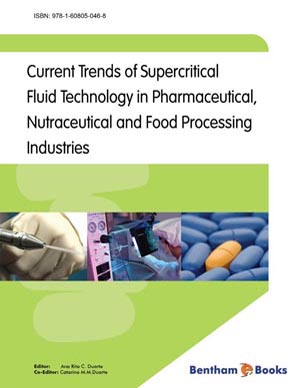Abstract
Since the discovery of 1α,25-dihydroxyvitamin D3 (calcitriol), the active form of vitamin D, in early 1970s, research in the vitamin D endocrine system has received increasing attention. The biological actions of calcitriol have subsequently been shown to extend well beyond its classical functions in calcium homeostasis to include immune and angiogenesis, cell cycle, apoptosis, as well as endocrine regulations. While calcitriol demonstrates significant efficacy in treating hyperproliferative disorders (e.g. cancer and psoriasis), immune dysfunction (autoimmune diseases), and endocrine disorders (e.g. hyperparathyroidism), its calcemic activity limits a broader therapeutic application of this vitamin D hormone. The medicinal chemistry efforts have primarily been directed to the differentiation of the desired therapeutic activity from the toxic episodic effects. More than three thousands vitamin D derivatives have been synthesized and some of them showed separation of the beneficial activities from calcemic effects. Nine vitamin D compounds have been approved in the United States, Japan or Europe for a number of indications. This review attempts to serve as a progress report for the vitamin D analogs currently on the market and in clinical development.
Keywords: Alfacalcidol, calcidiol, calcipotriol (dovonex, daivonex, psorcutan), calcitriol, doxercalciterol (hectorol), eldecalcitol, elocalcitol, falecalcitriol (hornel/fulstan), maxacalcitol (oxarol), paricalcitol (zemplar), seocalcitol, tacalcitol (bonalfa, curatoderm).



















